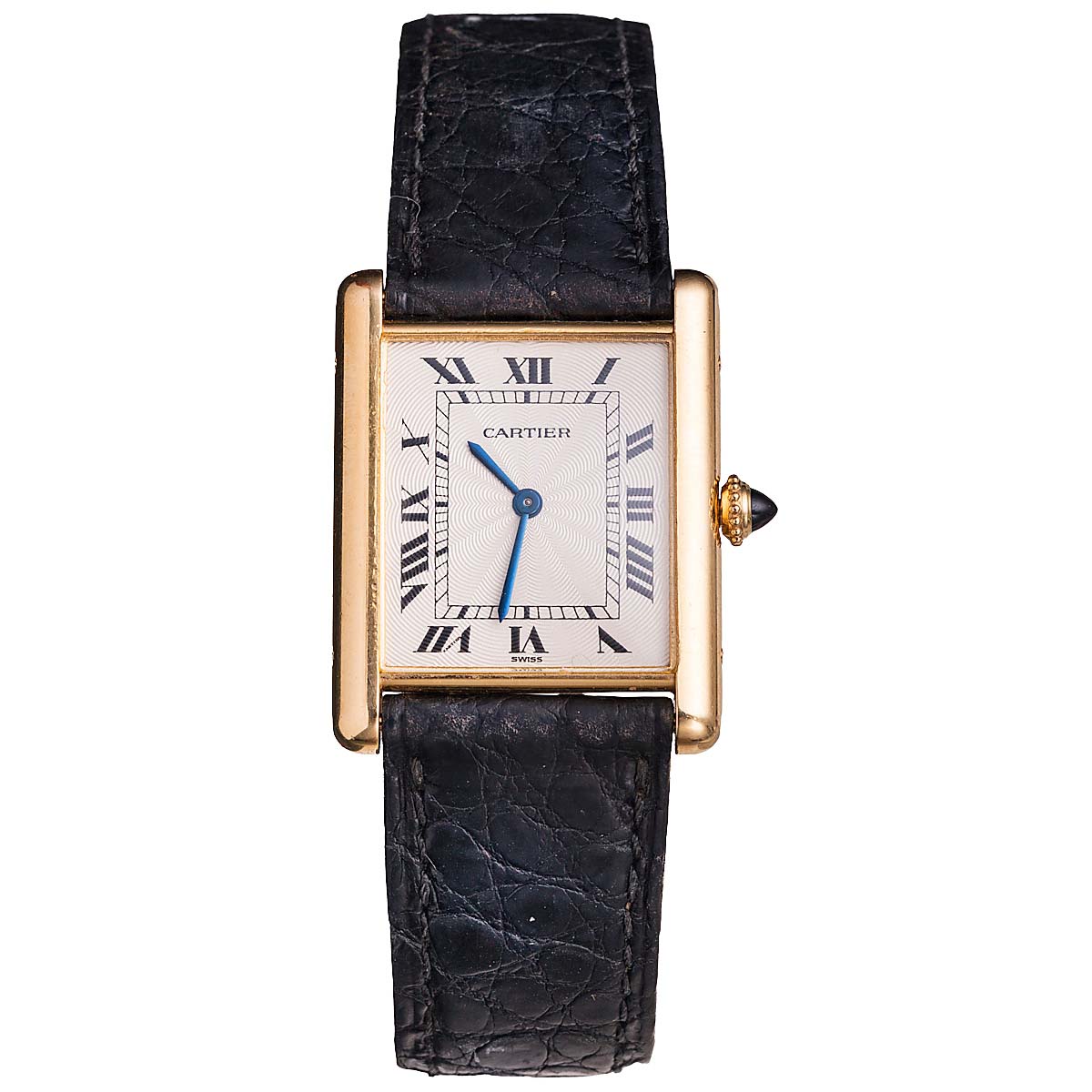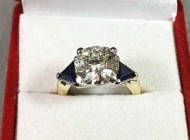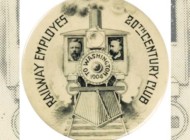
Transylvanian silver hetman’s pace or pusikan, circa 1600, 20¾ inches long, made $47,552.
GRASBRUNN, GERMANY — Hermann Historica’s 100th Anniversary Auction was a triumph, having once again brought history to life. More than 4,200 exclusive lots came under the hammer and did not disappoint. The May 7-16 extravaganza showcased the auction house’s flair for offering an attractive and diverse range of objects, with many rarities and numerous collections. The demand for exceptional objects was high, which resulted in some considerable price increases and a high sell-through rate.
On May 14, the spotlight of the 100th Auction at Hermann Historica was on art, antiques and ancient artifacts. More than 750 lots from antiquity to the modern era, from magnificent musical instruments down to dainty porcelain statues, changed hands. The selection ranged from paintings by prestigious artists and sculptures by famous craftsmen to glittering jewelry.

Illyrian bronze helmet, late Sixth Century to Fifth Century BCE, sold for $28,016.
An aficionado of antique helmets managed to prevail on the very first lot. After a nail-biting contest, the collector was able to claim his prize — an Illyrian helmet dating from the second half of the Sixth to the Fifth Century — for $28,016. Completely preserved, the bronze helmet was forged in one piece, a testament to the finest workmanship.
A Cartier Tank wristwatch was also the subject of a heated bidding war. The classic timepiece now takes pride of place in a new collection for $13,986. A Meissen monkey orchestra was an unusual offering. Comprising all 21 figures, it was highly sought-after with the simian musicians’ merriment contributing to its desirability among collectors. The lucky new owner of the set had to part with $16,084 to win it.
Nearly 400 lots of rare antique arms and armor from every corner of the globe came under the hammer on May 16. The exceptional assortment of lots led to some very spirited bidding and a resounding success for Hermann Historica.

An 18K Cartier Tank wristwatch, circa 1970s-80s, brought $13,986.
With their eyes firmly fixed on the prizes, collectors needed no prompting. Appealing to international buyers in particular was a lot of 14 Chinese Qing dynasty archer’s rings made of jade and hardstone — some lavishly embellished — that triggered a hard-fought battle. Together with its silk-lined storage box, they now grace a new collection for $6,993.
A hetman’s pukisan or mace from Transylvania, made circa 1600, unleashed another volley of bids. Originally from the Ottoman Empire, these maces were carried by military leaders as ceremonial insignia, with similar shaped maces also being used in Poland and Russia Impressively, its entire surface was studded with turquoise and relates to an example in the Turkish Chamber at the armory in Dresden. More than doubling its catalog price, it took a new owner’s fancy for $47,552.
The audience greatly appreciated an exquisite, gold-inlaid rapier from Germany. The gold-inlaid blade, 48½-inches long, garnered a lot of interest and ultimately fetched $12,588.
Prices quoted include the buyer’s premium and have been converted from Euros to US Dollars based on the exchange rate on the day of the auction.
For information, www.hermann-historica.de/en.










